Plus and Minus of Different Types of Wood
Do not recognise the difference between oak and maple. Can’t decide if pine is softwood or hardwood. Everything you need to know about pine, cherry, maple, oak, and walnut — including their respective prices and colours — can be found here. To aid in the process of recognising the wood by its grain and colour, we have provided images and explanations of each.
Pine
Pine is a low-cost, lightweight wood that can be either yellow or white, depending on the grain, and often has brown knots. It’s a popular choice for more traditional furniture like farmhouse tables.
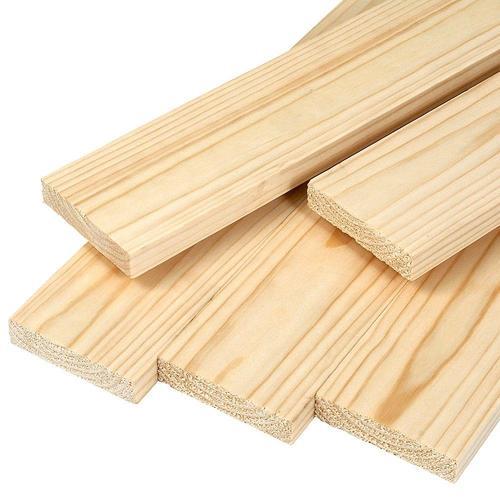
Pine has many advantages, including its inexpensive cost and its ability to accept paint well, making it an excellent choice for children’s furniture. (Birch and poplar are the same.) Pine resists shrinking and swelling and acquires a charming, weathered patina with age and use.
Pine’s softwood status makes it vulnerable to damage like scratches and dings.
Cherry
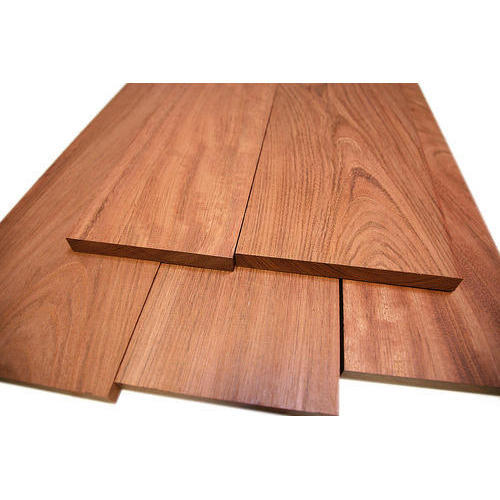
Cherry is a hardwood that can be either light or dark in colour, depending on the grain direction. In addition to being utilised for elaborately carved chairs, this wood can also be found in the straighter-grained tables and cabinets typical of the Shaker era.
In addition to being a pleasant material to polish, it also takes a shape quite quickly. The colour is vibrant and stunning when it is not tainted.
Cherry wood is not cheap, which is a negative aspect. As time passes, the hue might sometimes deepen (which can be a pro for some people).
Maple
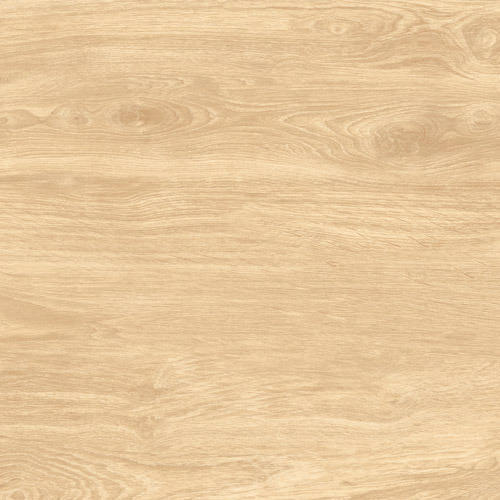
Maple can be a creamy white or slightly pinkish hardwood. Maple, one of the toughest wood species, is frequently used for high-traffic furniture and cabinetry.
Maple has many benefits, the most notable of which are its low cost and extreme durability. It’s durable enough to withstand repeated use while still looking fantastic. Maple, which is inexpensive and takes stains well, is commonly stained to look like more expensive woods like cherry or mahogany. However, the usage of mahogany is contentious due to the deforestation that occurs in the places from where it is harvested.
The staining can look blotchy if the maple is not thoroughly sealed beforehand.
Oak
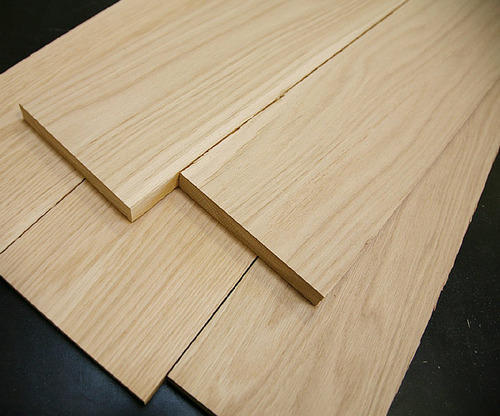
Granularity is a common characteristic of oak, a hard wood. White oak has a tiger-stripe grain with yellow rays and flakes, and red oak ranges in colour from light brown to pinkish red with a swirling, waterlike pattern. Oak is a popular wood choice for Arts & Crafts and Mission period furniture.
One advantage is that oak wood is typically cut in a way that prevents warping. It looks different than other woods because of the way the wavy grain stands out. The grain is beautifully brought out by the polish.
Downsides: Stain can make the wood look two-toned if it darkens and accentuates the grain too much.
Walnut
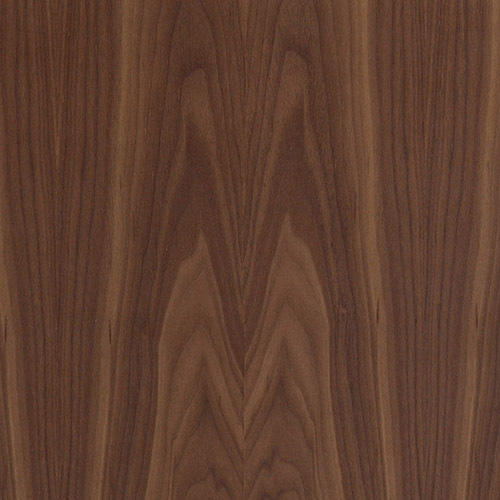
Straight-grained walnut can be anything from a rich chocolate brown (when it comes from the heart of the tree) to a sunny yellow (from the outer portion of the tree). Headboards, elegant antique-style dining tables, and mantels made of walnut are popular options because of the wood’s attractive natural grain and texture, which may be brought out with a clear lacquer or oil.
Walnut’s durability and steadiness make it ideal for carving detailed designs. There is something aesthetically pleasing about the hue.
Disadvantages: Some people don’t like that a single wide board might have varying shades of dark and light. The cost of walnut ranks up there with the costliest of timbers.

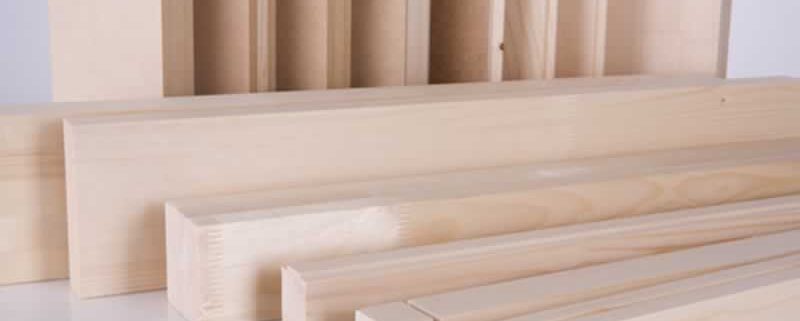


Leave a Reply
Want to join the discussion?Feel free to contribute!